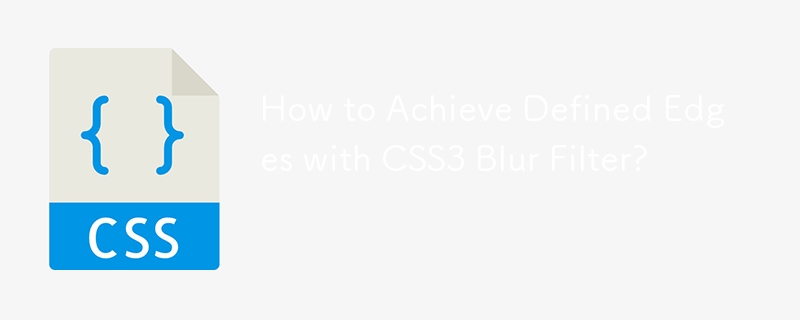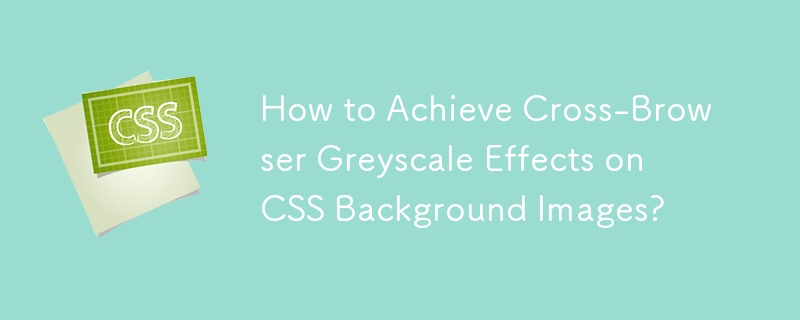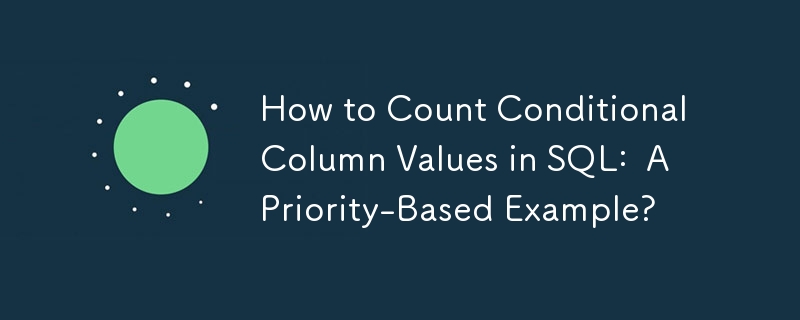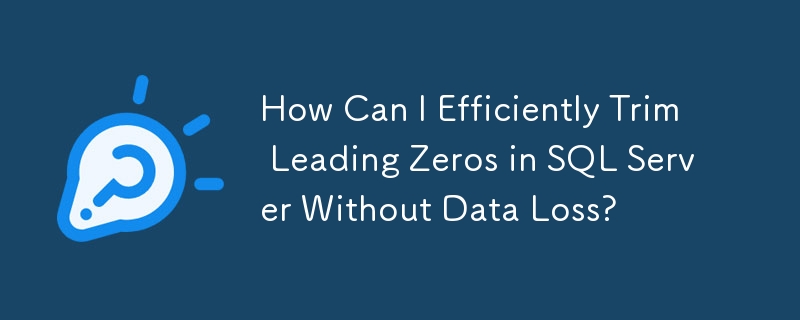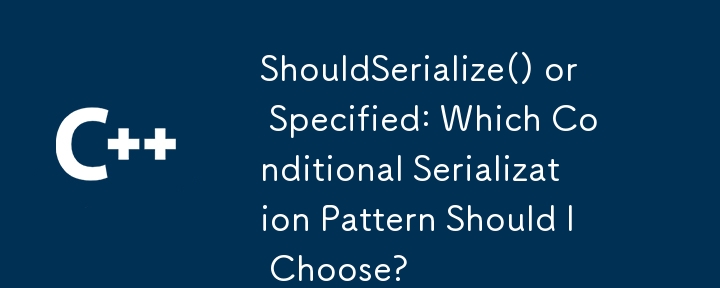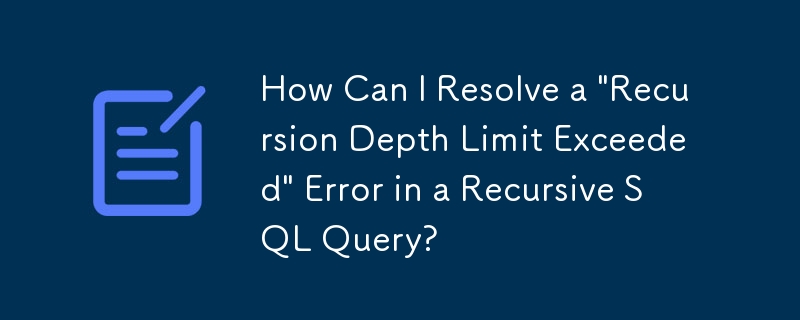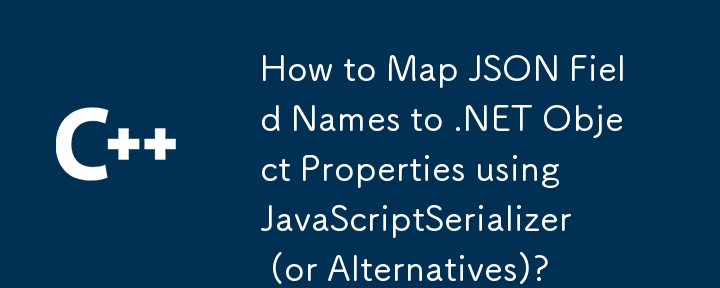Found a total of 10000 related content
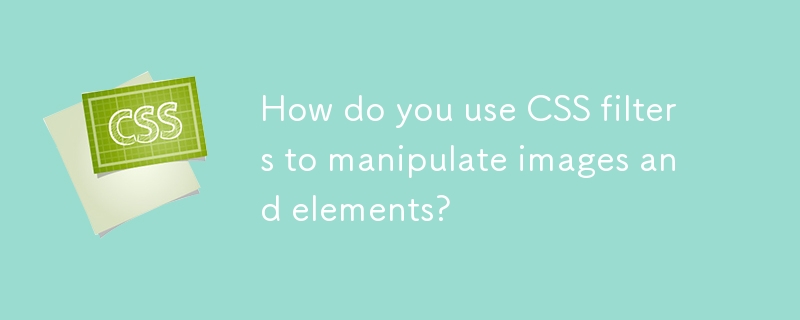
How do you use CSS filters to manipulate images and elements?
Article Introduction:This article explains how to use CSS filters to manipulate images and elements on webpages. It details various filter functions (grayscale, blur, brightness, etc.) and demonstrates their combinations for complex effects. Performance optimization st
2025-03-12
comment 0
967
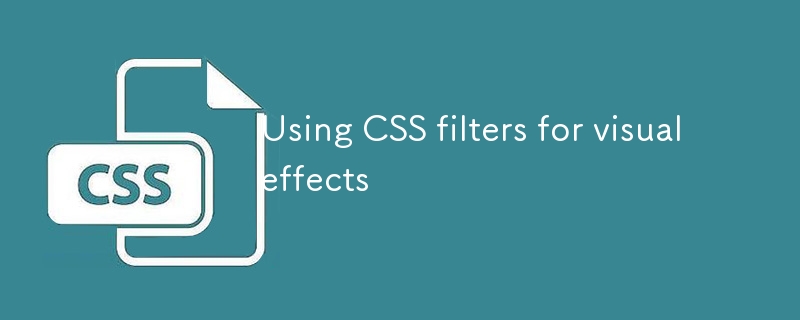
Using CSS filters for visual effects
Article Introduction:CSS filters can achieve a variety of visual effects. 1. Use grayscale() to convert the picture into a grayscale diagram, which is often used for interactive state switching; 2. blur() realizes Gaussian blur, suitable for background blur and other scenarios; 3. Adjust the brightness, contrast and saturation through brightness(), contrast(), and saturate() respectively, and use it in combination to create a diverse tone; 4. Multiple filters can be used by superimposing spaces, but attention should be paid to the order and performance impact. These filters are simple and efficient, suitable for enhancing page expression.
2025-07-12
comment 0
966

How to Create a CSS3 Blurred Text Link Effect
Article Introduction:Detailed explanation of the effects of fuzzy text in CSS3 and FAQs
Key Points
CSS3 can create blur text effects with transparent text colors and text shadows, but not all browsers support the text-shadow property. In this case, you can use Modernizr or write custom text shadow detection code as a workaround.
A pleasant effect can be achieved for the navigation menu by smoothly blurring the links in and out while hovering or focusing. This involves defining a "blur" class that can be applied to any link and then using a CSS style that can be applied in all browsers.
When creating blurred text effects, be sure to pay attention to accessibility and visibility issues. In addition, the third text shadow can be adjusted by adjusting
2025-03-04
comment 0
457
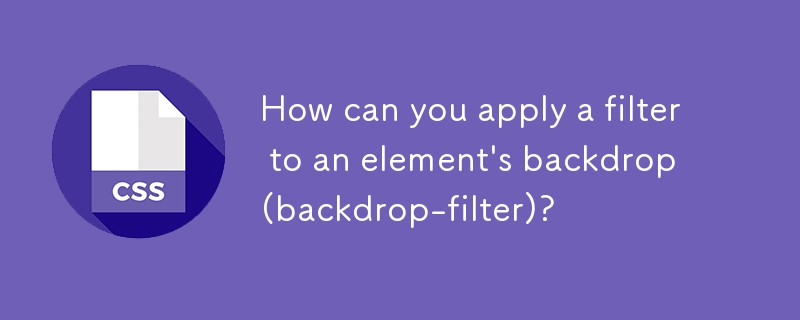
How can you apply a filter to an element's backdrop (backdrop-filter)?
Article Introduction:Backdrop-filter is used to blur or modify the background behind elements, and is suitable for creating frosted glass effects, modal overlays and other scenarios. It only affects what is behind the element and has no effect on the element itself. It is suitable for translucent elements such as transparent heads or modal boxes with translucent backgrounds. Common usages include filter functions such as blur, brightness, contrast, grayscale, etc., and can also be used in combination. Pay attention to browser compatibility when using it, and some mobile devices or older browsers may not support it. To ensure good visual effects, it is recommended to use a translucent background, avoid excessive blur values, and add manufacturer prefixes if necessary.
2025-06-25
comment 0
192
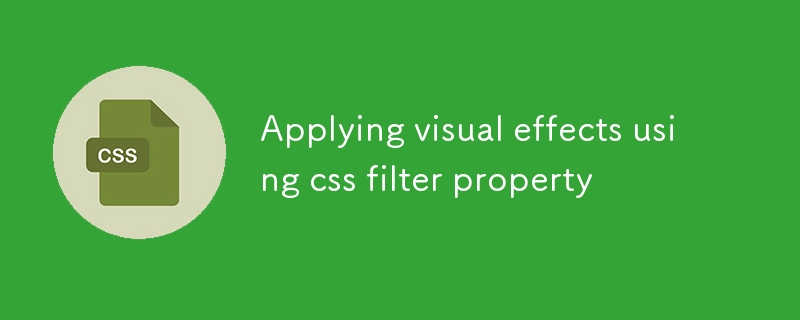
Applying visual effects using css filter property
Article Introduction:The filter attribute of CSS can add a variety of visual effects to web elements. Common filters include 1.grayscale() grayscale processing, 2.sepia() browning, 3.saturate() saturation adjustment, 4.hue-rotate() hue transformation, 5.invert() color inversion, 6.brightness() brightness adjustment, 7.contrast() contrast adjustment, 8.blur() blur, 9.drop-shadow() shadow; multiple filters can be superimposed and smooth animations can be achieved with transition. They are suitable for hover interaction, background effects and other scenarios, but performance and compatibility issues need to be paid attention to.
2025-07-14
comment 0
425
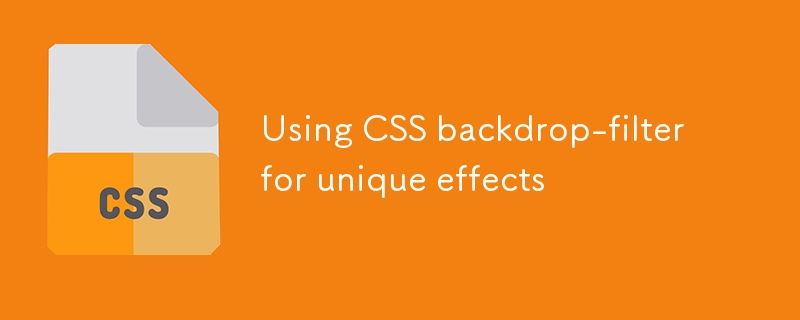
Using CSS backdrop-filter for unique effects
Article Introduction:Backdrop-filter can enhance the hierarchy of web pages through blur and other effects, and is suitable for pop-up windows, cards and other components. 1. Use blur to achieve the effect of frosted glass, such as .modal{backdrop-filter:blur(10px); background-color:rgba(255,255,255,0.6);}, and it is recommended to add the -webkit-prefix to improve compatibility; 2. Combining multiple filter functions such as brightness, contrast, etc. can create a richer visual style, but pay attention to the order affecting the effect; 3. Pay attention to the impact of performance consumption, browser compatibility and hierarchy structure on display effect, and adopt a downgrade solution to ensure the page
2025-07-12
comment 0
469

Will PDF exporting on PS be distorted?
Article Introduction:To export PDF without distortion, you need to follow the following steps: check the image resolution (more than 300dpi for printing); set the export format to CMYK (printing) or RGB (web page); select the appropriate compression rate, and the image resolution is consistent with the setting resolution; use professional software to export PDF; avoid using blur, feathering and other effects. For different scenarios, high resolution, CMYK mode, and low compression are used for printing; low resolution, RGB mode, and appropriate compression are used for web pages; lossless compression is used for archives.
2025-04-06
comment 0
513
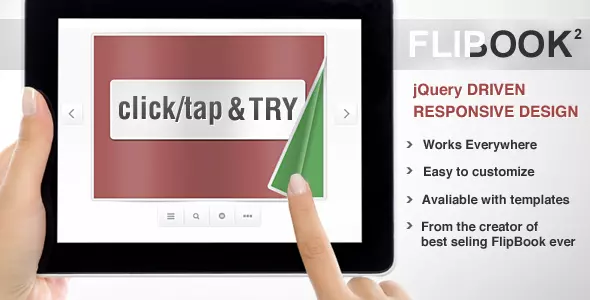
10 jQuery Flip Effect Plugins
Article Introduction:Ten excellent jQuery flip effects plugins allow your HTML content and images to achieve 360-degree flip animation effects, using the transform and rotate attributes of jQuery and CSS3. These plugins are perfect for displaying your portfolio, come and try it out!
Related recommendations:
15 amazing jQuery animation design plugins
10 Very Attractive JQuery Widgets
Paid Products – Responsive page turn book based on jQuery
Completely based on HTML and jQuery, no Flash player required. Supports desktop and mobile devices!
Portfolio flip slider based on jQuery and CSS3
Click the paging button to trigger the slider to flip, each time
2025-02-25
comment 0
1234
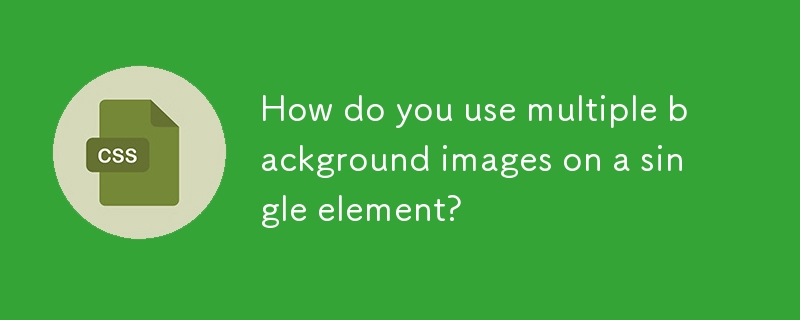
How do you use multiple background images on a single element?
Article Introduction:The key to setting multiple background images for elements in CSS is to use comma separation and attribute order correctly. 1. Use the background-image attribute and use commas to separate multiple image addresses. The first image is displayed on the top layer; 2. Use background-repeat, background-position and other attributes to control the display method of each image, and the values of each attribute correspond to each image in order; 3. You can also use the background abbreviation attribute to define all parameters at once to improve code readability and maintenance; 4. Actual applications include buttons and icons, decorative borders, page title bars and other effects. You can master the corresponding relationship between the order and attributes and use them flexibly.
2025-07-15
comment 0
264


Dave The Diver: How To Catch Spider Crabs
Article Introduction:In Dave The Diver, there are some creatures that are not easy to catch. Or, catch alive that is. The spider crab is one of those very species, making it seem like the only way to bring these crustaceans back up to land is to viciously crack them up w
2025-01-10
comment 0
798
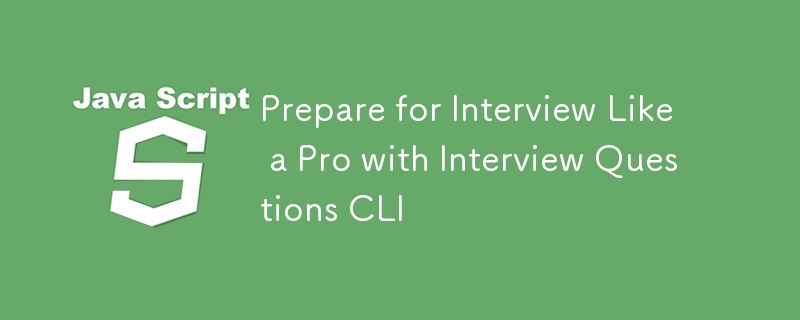
Prepare for Interview Like a Pro with Interview Questions CLI
Article Introduction:Prepare for Interview Like a Pro with Interview Questions CLI
What is the Interview Questions CLI?
The Interview Questions CLI is a command-line tool designed for JavaScript learners and developers who want to enhance their interview
2025-01-10
comment 0
1425
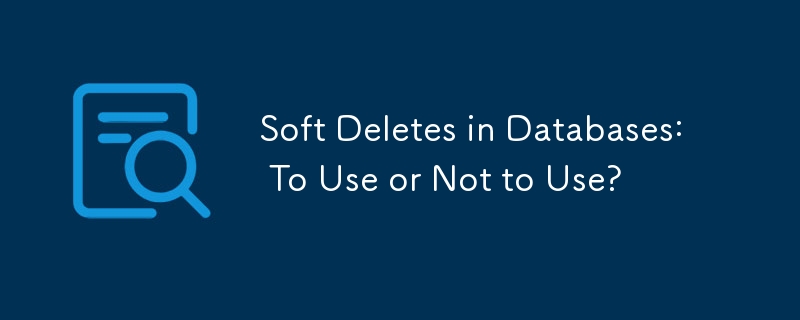
Soft Deletes in Databases: To Use or Not to Use?
Article Introduction:Soft Deletes: A Question of DesignThe topic of soft deletes, a mechanism that "flags" records as deleted instead of physically removing them, has...
2025-01-10
comment 0
1044
